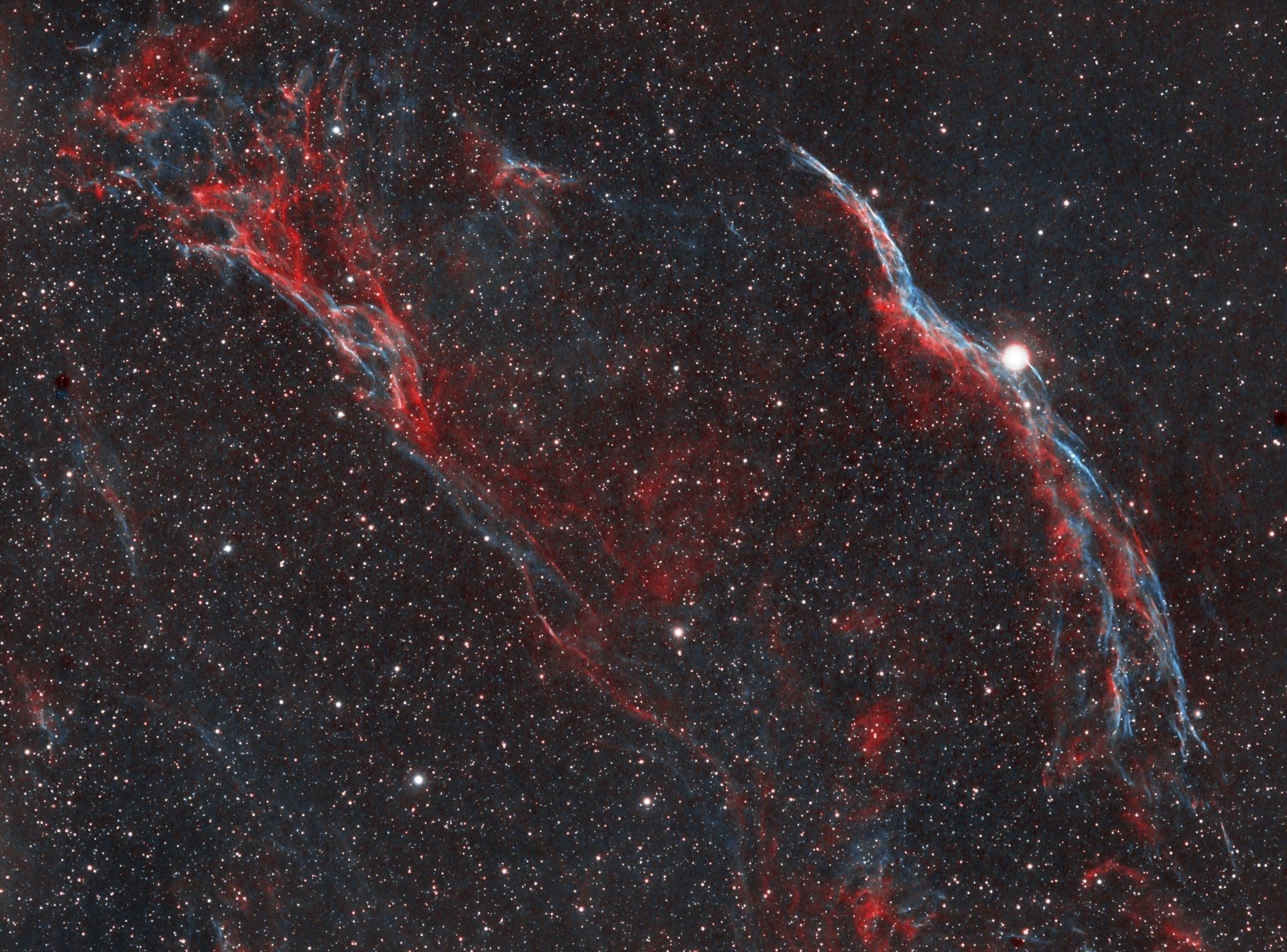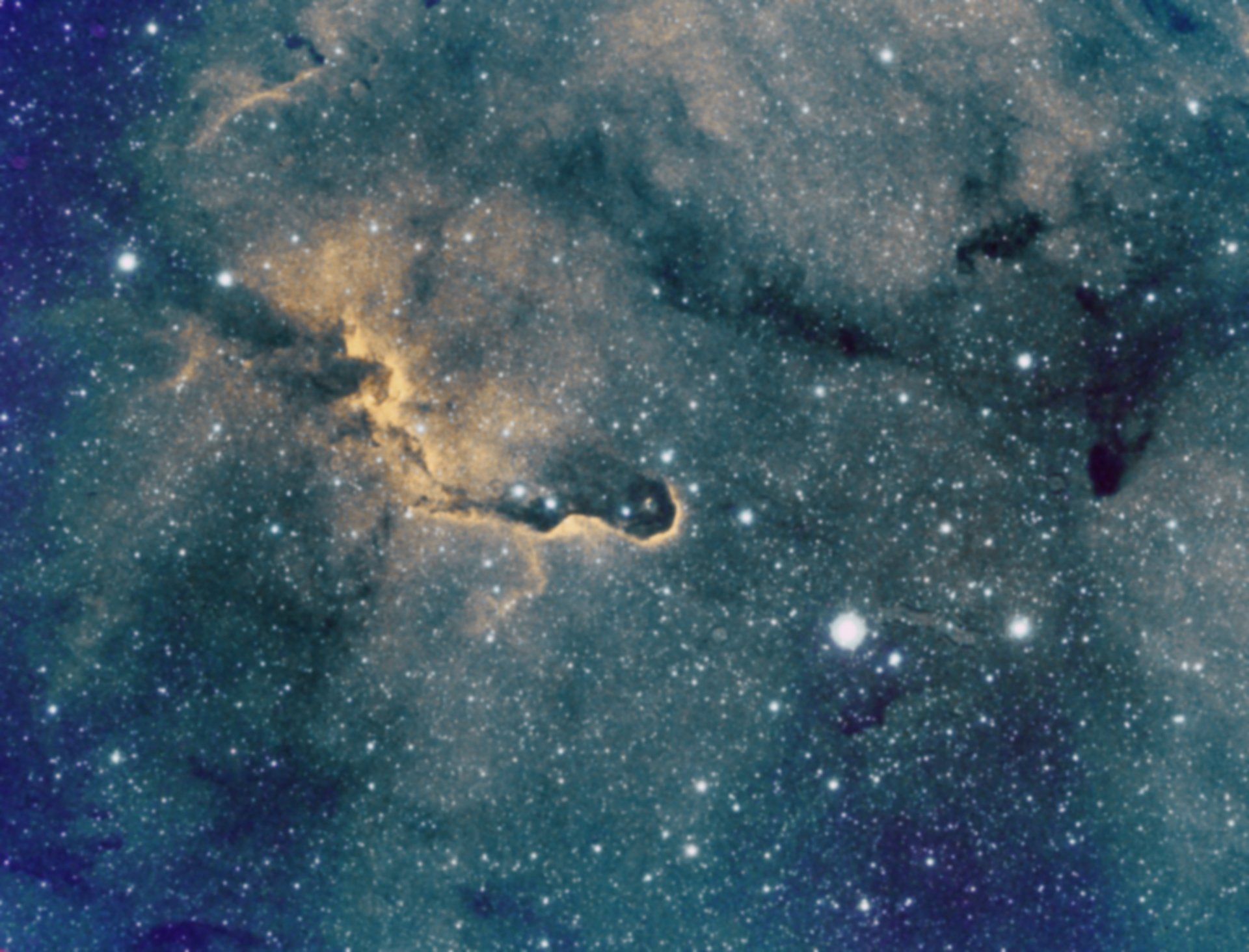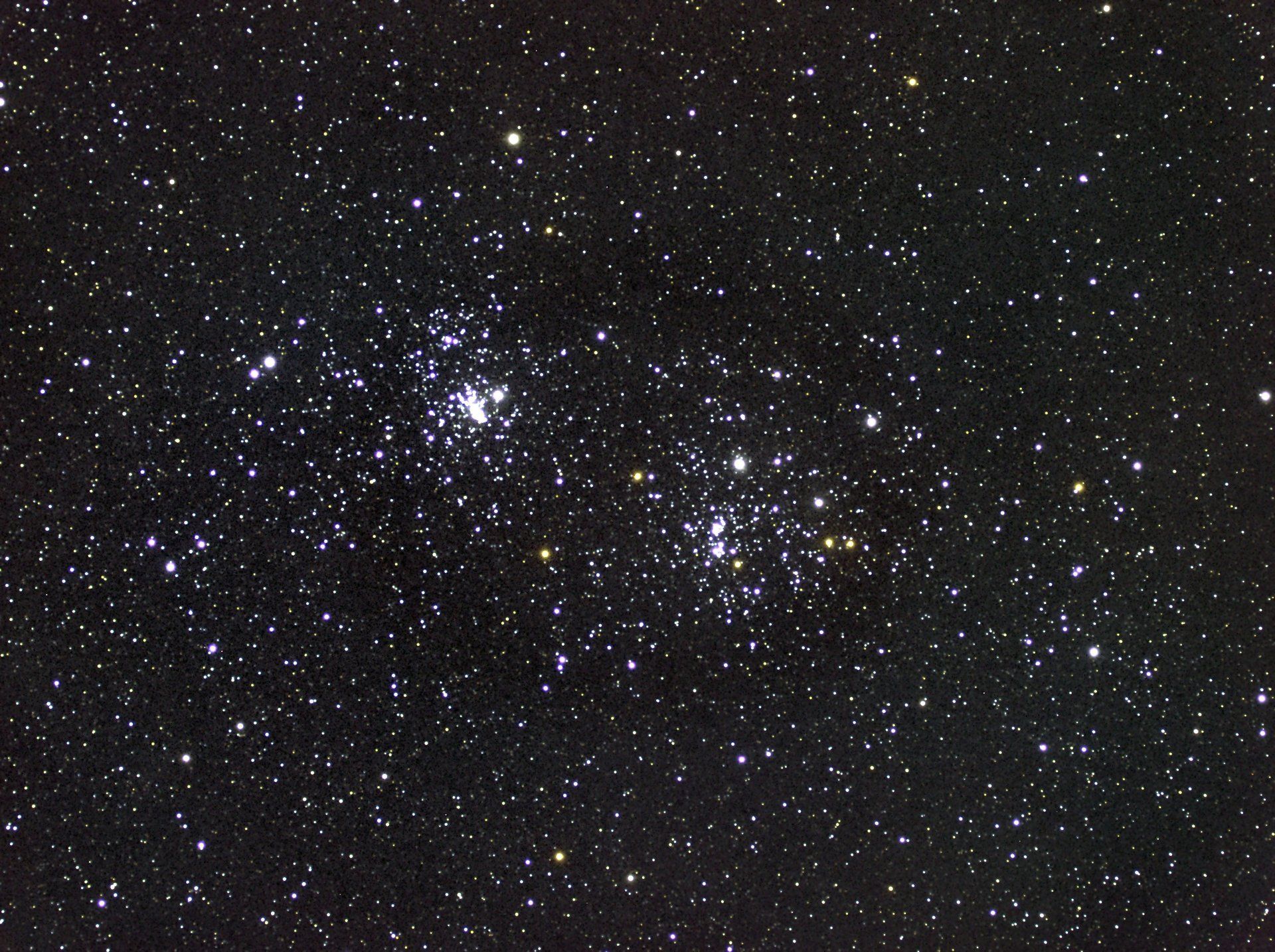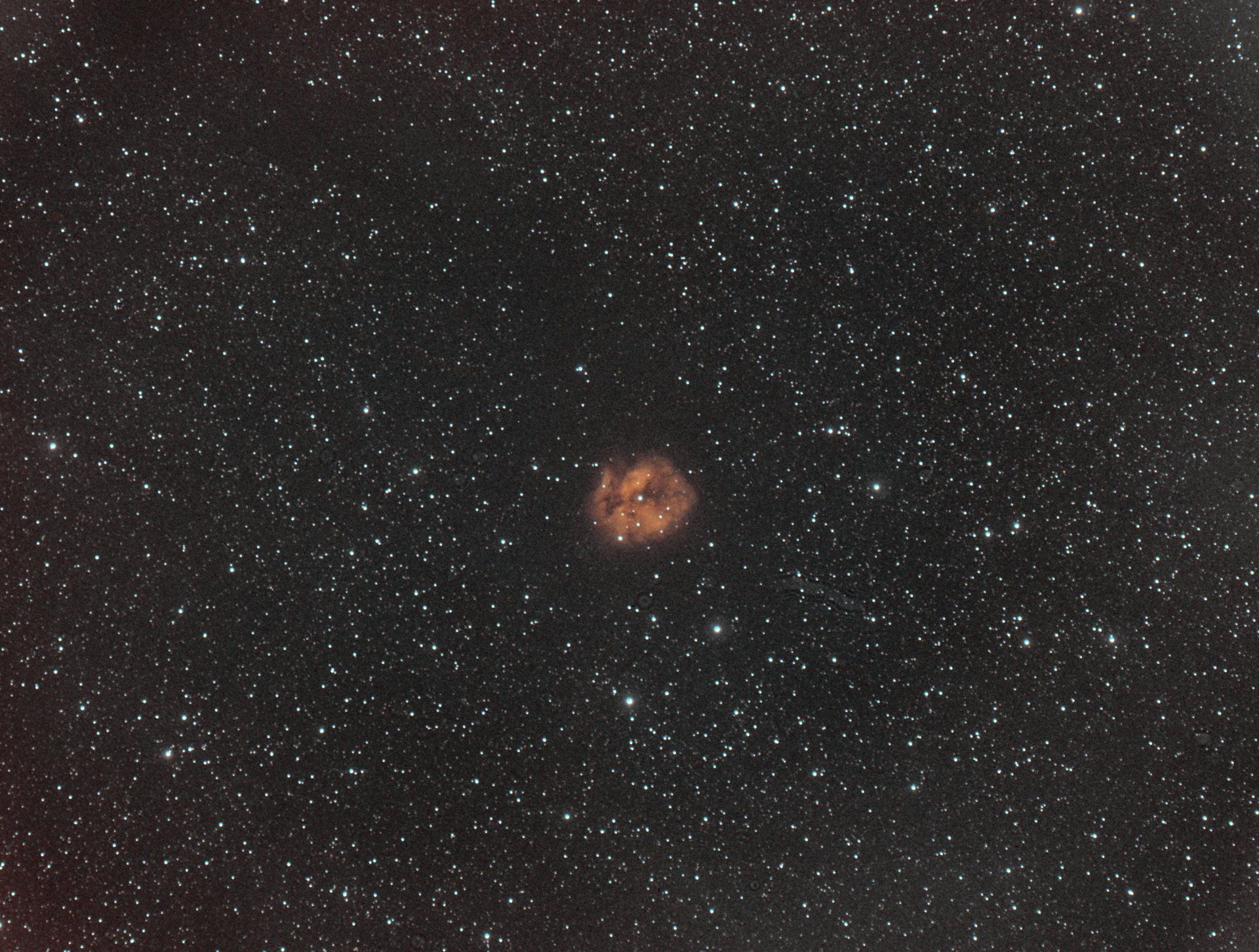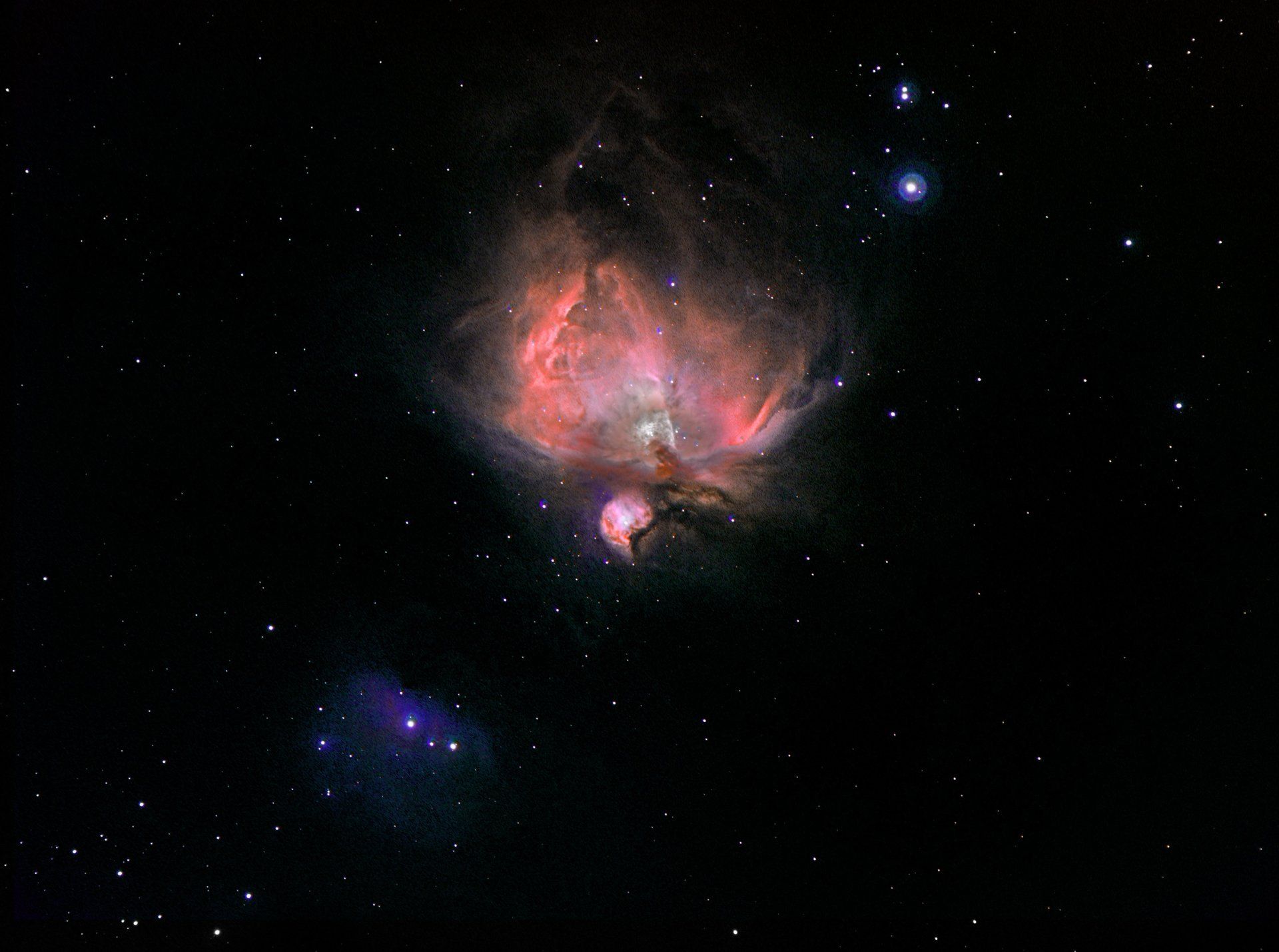Les Brand
Click on Image for larger view
I came to astrophotography relatively recently initially using a Canon 1200d DSLR and Skywatcher 4inch refractor (Evostar 102). I acquired an 8inch reflector (Skywatcher 200 PDS) and goto tracking mount (SW HEQ5pro). I've started to learn about benefits of stacking ,multiple images and making the transition to a more automated approach to image acquisition by connecting the camera and mount to a laptop running image capture applications as well as controlling where the telescope is pointing and guiding to improve image quality. The main disadvantage of astrophotography in Havering is the high level of light pollution which means I try to overcome that with different filters to reduce the affect. I've recently started to try narrowband astrophotography to see what can be achieved in a relatively light polluted area.














